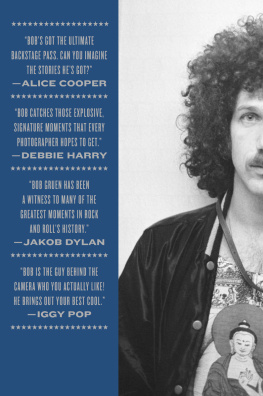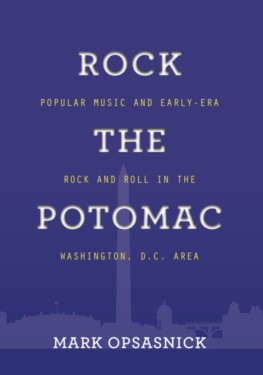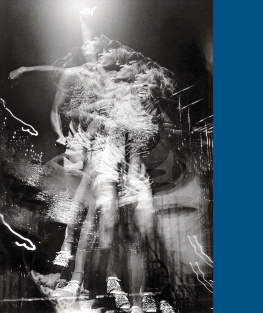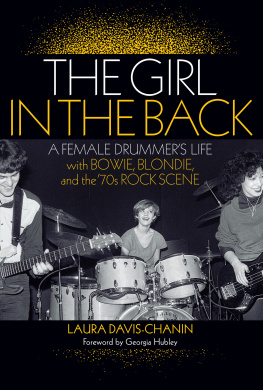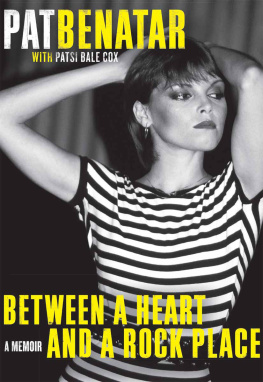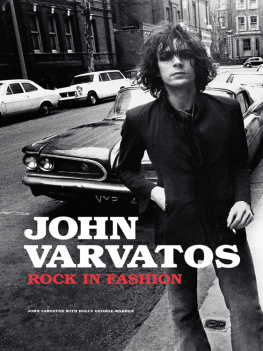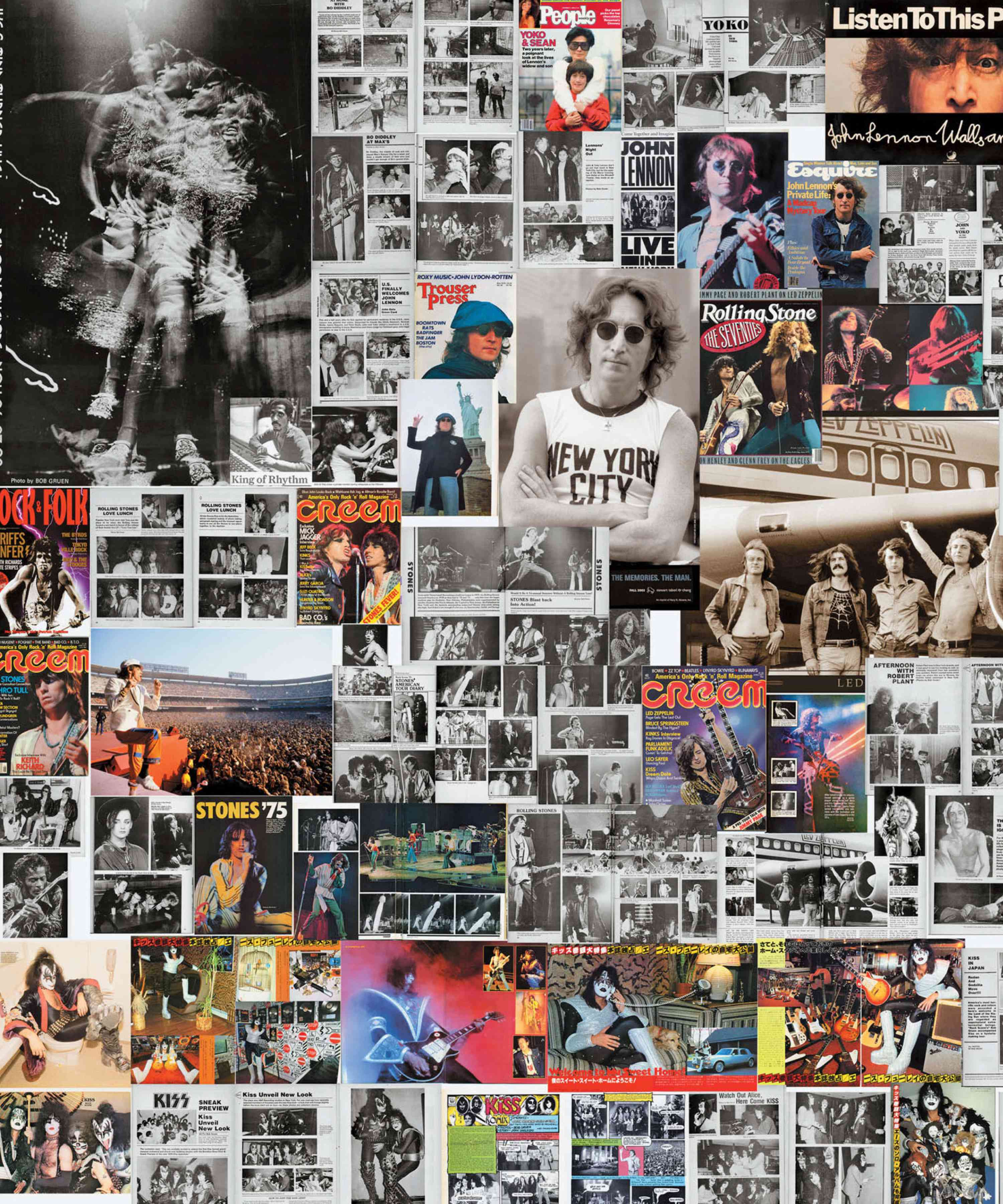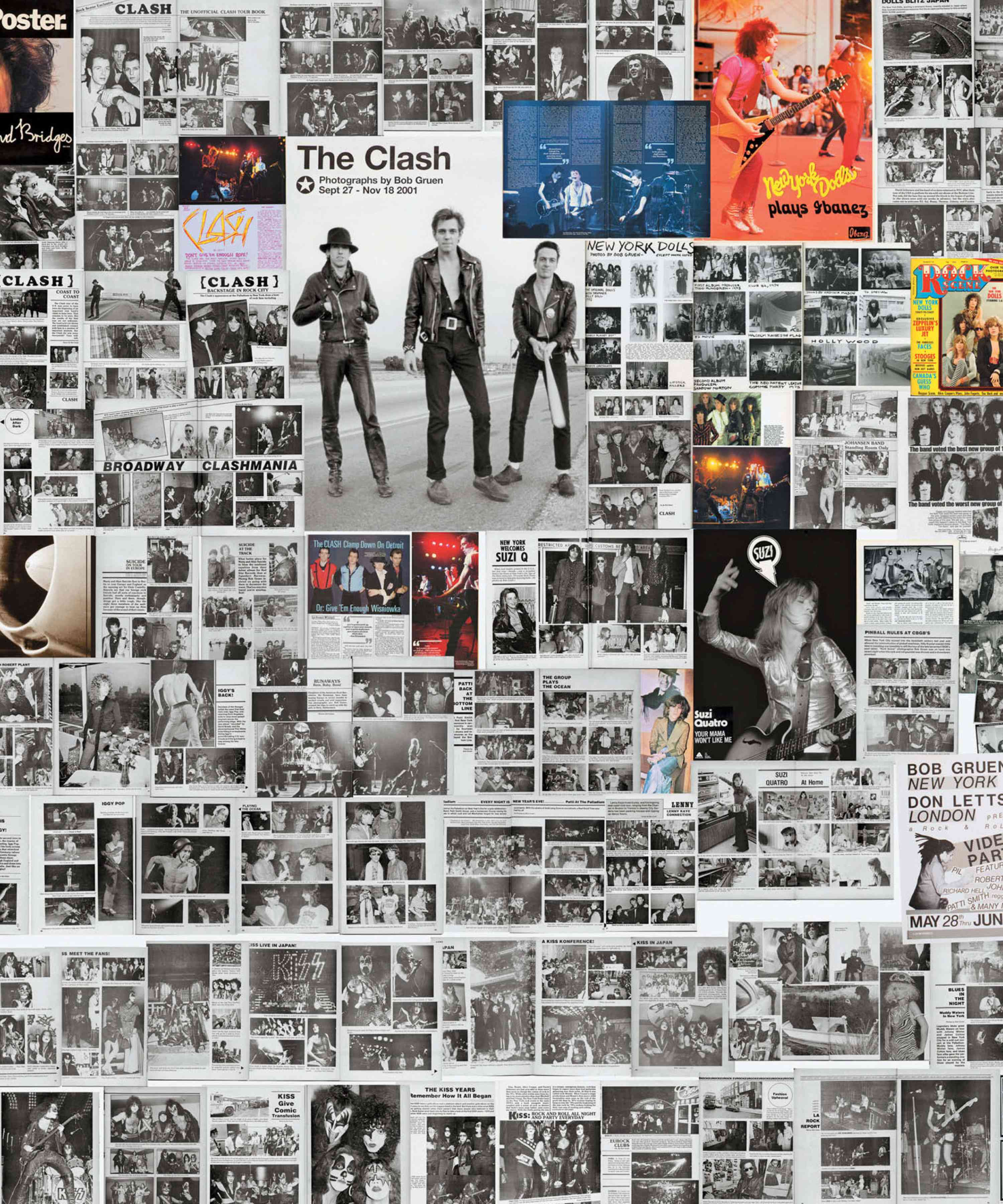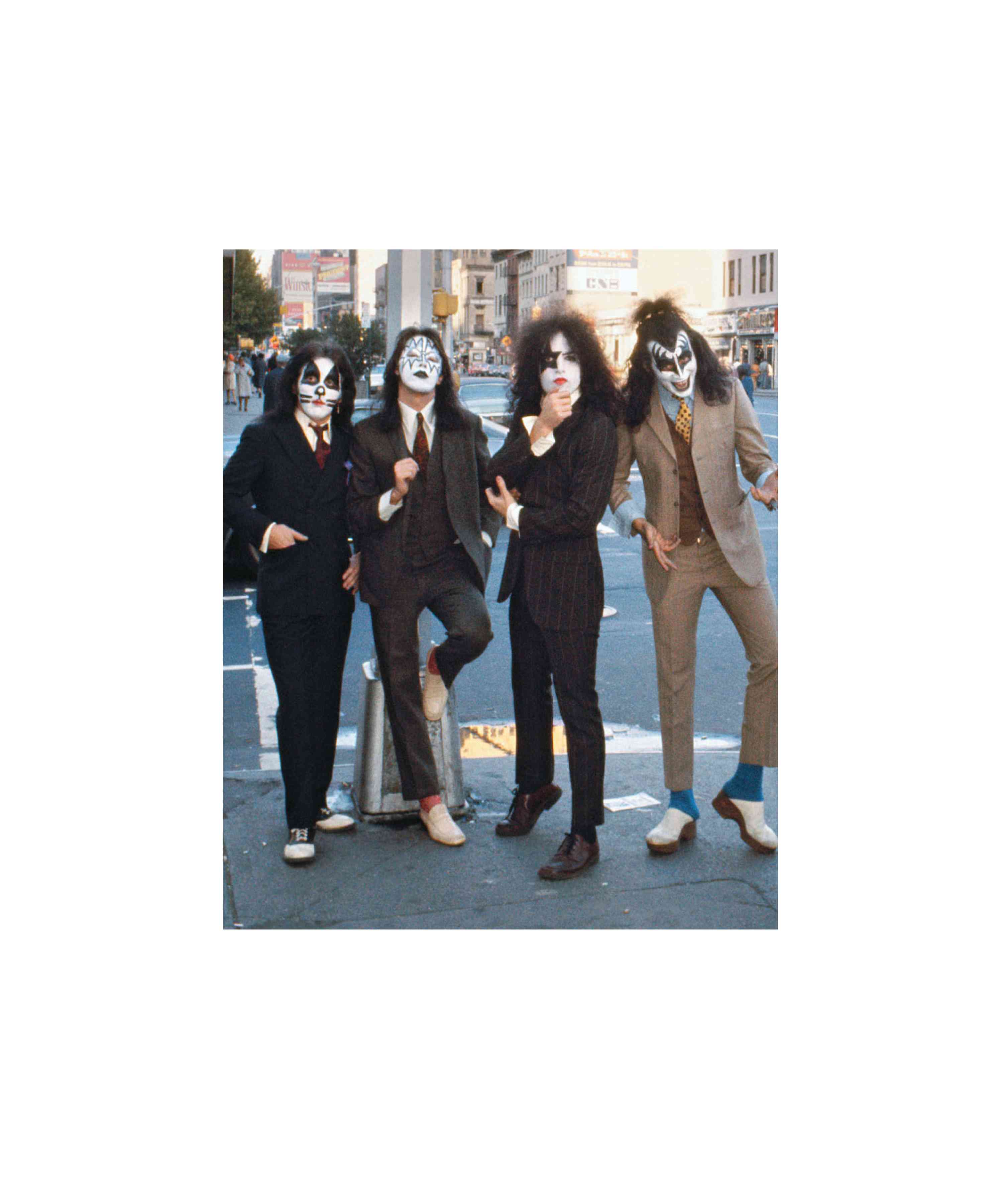ROCK SEEN
BOB GRUEN
INTRODUCTION BY DEBBIE HARRY
ABRAMS / NEW YORK
INTRODUCTION BY DEBBIE HARRY
IT WAS IN THE EARLY 1970S WHEN I FIRST
became aware of a rock photographer named
Bob Gruen. I was a huge New York Dolls fan,
and Im sure it was at one of their shows at
the Mercer Arts Center where I first saw Bob
shooting away. When Blondie started playing
in Maxs Kansas City and CBGB, we were in-
troduced. One of my favorite photos is that re-
ally great shot of me wearing the zebra-print
dress and the tiger teeth necklaceit was
photographed by none other than Bobby G.
The infamous Gruen was already infa-
mous by the time I met him. His reputation
as a cool rock photographer was well known,
and in that little downtown scene of the early
to mid-1970s, he shot as many bands as he
could. Those days, he had a badass 1954 Buick
Specialblue and white, I think. He also had
a moped so he could get around town faster
to make his deadlines. The thing about Bob is
that hes always really loved the music and re-
ally enjoys going places. He always seemed at
ease and likable.
Wed all appreciate it when Bob would
show up at a gig cause we knew the pictures
would be used somewhere, and our bands
would get some press. But it was in the can-
did situations that he took most of his photos.
Getting these types of shots isnt easy with
all the variables of light and movement, but
Bobby would show up in the most unlikely
places, smiling away, holding his camera, and
ready to capture a piece of the action.
After all of these years, Bobs archive
now has thousands and thousands of pho-
tographs. The problem was choosing which
ones to put into this collection. This was re-
ally hard to do, but I think youll enjoy looking
through these pages, which include images
from his earliest work of Bob Dylan at the
Newport Folk Festival in the mid-1960s to
Green Days performance while on their latest
tour in 2010. This book presents forty years of
some of the greatest moments in rock-and-roll
history and all I can add is, I look forward to
the next forty.
HALF TITLE PAGE Kiss, West 23rd Street at Eighth Avenue, New York City, 1974
FRONTISPIECE John Lennon, Statue of Liberty, New York City, 1974
RIGHT Debbie Harry, Maxs Kansas City, New York City, 1976
INSET, RIGHT Bob Gruen and Debbie Harry, Coney Island, New York, 1977


PREFACE BY BOB GRUEN
I LEARNED PHOTOGRAPHY FROM MY MOTHER.
My parents were both lawyers, but photog-
raphy was my mothers hobby. When I was
about four or five years old,
my mother took me into
the darkroom with her and
showed me how to develop
film and print pictures. I took
to it right away. When I was
eight, she gave me my first
cameraa Kodak Brownie
Hawkeyeand I became the
family photographer. In retrospect, I see that
this was good training; Ive always thought of
rock bands as families.
School was not always so interesting
to me, though I did enjoy show-and-tell. In
one class, we were given five minutes to dem-
onstrate a topic. I took a picture of the class
and used a blackout bag to load the film into
a lightproof tank. I explained that I was us-
ing a fast developer as I filled the tank, then
quickly rinsed the film with stop bath. Finally,
I poured in fixer. In less than five minutes, I
showed the class the negatives Id just devel-
oped. The next day, I brought in prints that Id
made for the class to see.
Ive always loved ac-
tion photos. As a teenager, I
took photographs of every-
thingfrom the school football games and
dances, to local events. Whenever I heard
sirens going off in town, I would find and
follow the fire trucks and
take pictures. Instead of tak-
ing my photos straight on,
Id look around for the best
vantage point. My first pub-
lished photo was taken on a
rooftop behind a burning fire.
I was able to get a shot of
the whole scene. This image
made the front page of the local newspaper.
My parents always thought photogra-
phy was a hobby for me, and not a career, so
they encouraged me to go to college and get
what they called a decent job. But my inter-
est was in photography, and the first thing
I did when I enrolled was get a job with the
college newspaper as a photographer. This
gave me a reason to carry my camera every-
where I went, and Ive had a camera with me
ever since.
But college wasnt really for me.
Instead, I followed the 1960s idea of turn on,
tune in, drop out. For me, dropping out was
living with a rock-and-roll band in Greenwich
Village in New York City. The band changed
names when they changed drummers, and
by the end of the 1960s, they were known as

INSET, ABOVE Bob Gruen and John Lennon, New York City, 1974
ABOVE Bob Gruen, New York City, 1980

the Glitterhouse. They were discovered by
the great record producer Bob Crewe who
had them sing some vocals for the Barbarella
soundtrack and then produced their own al-
bum. Bob Crewe introduced me to people at
Atlantic Records. They liked my photos of the
band and used them for the
press kit. Then they hired
me to photograph Tommy
James and the Shondells,
who were warming up the
crowd for presidential can-
didate Hubert Humphrey in
a Yonkers parking lot. Soon
after, Atlantic Records hired
me to photograph a Bee Gees party and I met
more people who asked me to photograph
more events. And thats the way things started.
A lot of people like to have music play-
ing in the background when they work, but
I like to have it in the foreground, and found
myself shooting a lot of shows. On many of
the nights when I was working, I thought it
was great that while a whole audience full of
people had spent money to get in, I was being
paid to be there! On other nights, I really en-
vied the other people who didnt have to work.
They were free to enjoy the music, instead of
having to carry around a heavy camera bag,
having to be in the right place at the right
time, and having to stay till the very end.
Ive always accepted as much work as
I could. This was partly out of necessity, as
most of the photo jobs were very low-paying,
but also because I genuinely enjoyed going out


